Bringing together drone industry leaders, regulators and technology providers, XPONENTIAL Europe is designed to be an event that showcase what it means to take uncrewed operations to the next level. Being held for the first time in Düsseldorf in 2025, the keynotes at the event set the stage for conversations about an approach to growth and development that defined the event and will take shape across the continent and beyond.
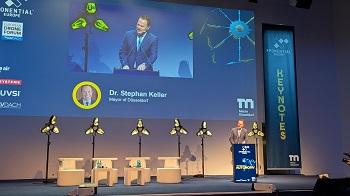 Dr. Stephan Keller is the Mayor of Düsseldorf, and he opened the show to outline how it is designed to shape the future of mobility. He mentioned how no great technological leaps have occurred in isolation, but are instead the rest of the collaboration that are beyond regional concerns. These innovations, which are reshaping the way we work and move, are part of a broader ecosystem connecting industry and policymakers that require collaborative effort from multiple individuals and stakeholders.
Dr. Stephan Keller is the Mayor of Düsseldorf, and he opened the show to outline how it is designed to shape the future of mobility. He mentioned how no great technological leaps have occurred in isolation, but are instead the rest of the collaboration that are beyond regional concerns. These innovations, which are reshaping the way we work and move, are part of a broader ecosystem connecting industry and policymakers that require collaborative effort from multiple individuals and stakeholders.
“How can we create standards that span continents? Dr. Keller asked the crowd. “We’ve proven that when we collaborate, we can accelerate the future, and that’s especially important when we’re talking about an industry that should be worth over $50 billion by 2030. All of it is a testament to the power of cultivating trans-Atlantic partnerships.”
During the “Bridging Perspectives: Policy and Industry Insights on Innovative Air Mobility Safety” panel, various industry experts came together to discuss airspace integration and harmonization and highlight the key challenges and opportunities in the evolving regulatory landscape.
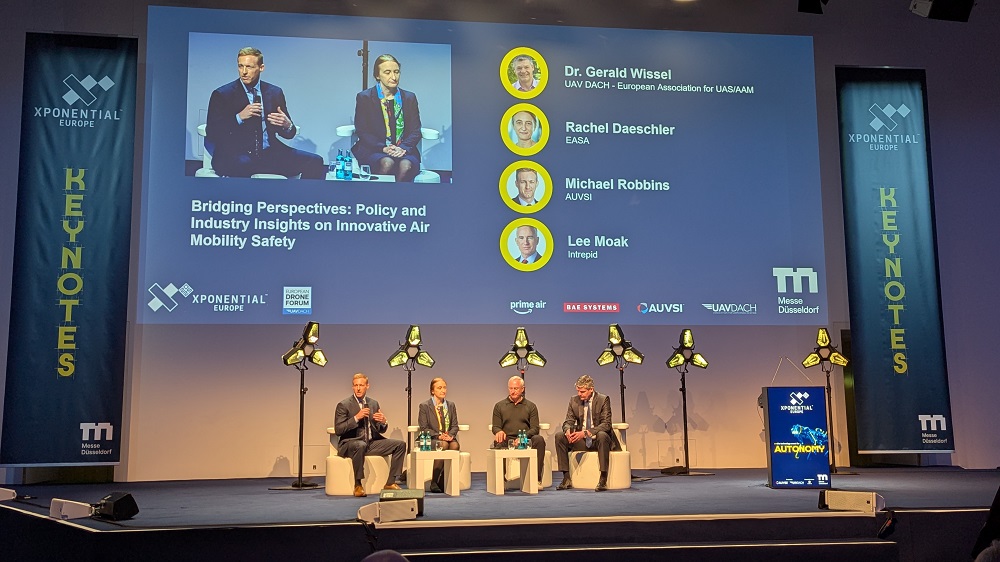
Dr. Gerald Wissel, Chairman of the Board at UAV Dach, mentioned that the drone industry needs a global market to best enable innovation, but that will be tough to establish without government support.
“What can we do to help speed things up?” Wissel asked.
Lee Moak, CEO at Intrepid, mentioned that government support in terms of regulation and subsidiaries is difficult at the moment, given how risk-averse the government is. He called out the need for an air traffic management system that not only doesn’t need to segregate between crewed and uncrewed systems, but is also based on a new way for each to safely interact in the airspace.
“ADS-B is old technology, and we have to move beyond the band-aid that is segregated airspace,” Moak said. “We have new solutions, but until there’s a mandate, operators will be slow to adopt, because those new solutions are simply added on top of everything. We have to stop beating around the bush and mandate a change. We look at drone technology as something different, but it’s just another platform.”
Rachel Daeschler is a Certification Director at EASA, and she talked through why her organization wants to see the drone sector develop and expand, as they see the benefits that the technology represents. Putting in a regulatory framework to do so is essential, but doing so depends on utilizing a framework that enables awareness between crewed and uncrewed aircraft that serves both communities.
“ADS-L is a standard being developed, but there’s still work to be done,” she said. “But there’s no clear decision around whether or not it should be mandated. Are incentives enough? We recognize the need for harmonization, which is why major aviation authorities need to come together to come up with something that makes sense for everyone.”
That collaboration has and will pull in perspectives that range from wanting universal ADS-B implementation to the development of new, potentially more tailored standards. While all of them agree on safety needing to be the baseline, the eventual consensus around that approach needs to go beyond the industry, which is something AUVSI CEO Mike Robbins highlighted.
“A mandate benefits all stakeholders,” Robbins. “This industry wanted to be regulated.”
Without that sort of mandate, companies face regulatory uncertainty and can end up venue shopping, where they’ll take their solution to a different country that is less restrictive and allows them to operate and test their solution to bring their product forward, putting countries and entire continents at a disadvantage with the technology.
Dr. Alberto Nisoli from Amazon Air Prime closed out the keynote to detail the company’s approach to delivering 500 million packages by the end of the decade. Their goal is to have a click-to-delivery customer experience that is no different from how they currently order products.
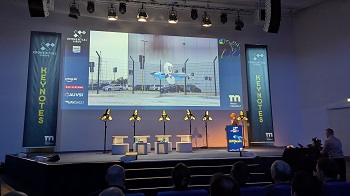 He explained and showed how their latest drone, the MK30, underwent rigorous safety tests to ensure it delivers double the range while making half the noise of any previous Amazon delivery drone. In 2025, the company is looking to expand their drone delivery services to customers in more regions in the United States, along with those in Italy and the United Kingdom. That rollout will depend on the harmonization of regulation and standards across the world.
He explained and showed how their latest drone, the MK30, underwent rigorous safety tests to ensure it delivers double the range while making half the noise of any previous Amazon delivery drone. In 2025, the company is looking to expand their drone delivery services to customers in more regions in the United States, along with those in Italy and the United Kingdom. That rollout will depend on the harmonization of regulation and standards across the world.
“Drone delivery all about speed,” Nisoli said. “Our goal is to provide a seamless experience that puts products in a customer's hands in two hours or less to change expectations of how and when they can receive their orders, but all of that needs to be based on changes in how the airspace will be managed worldwide.”


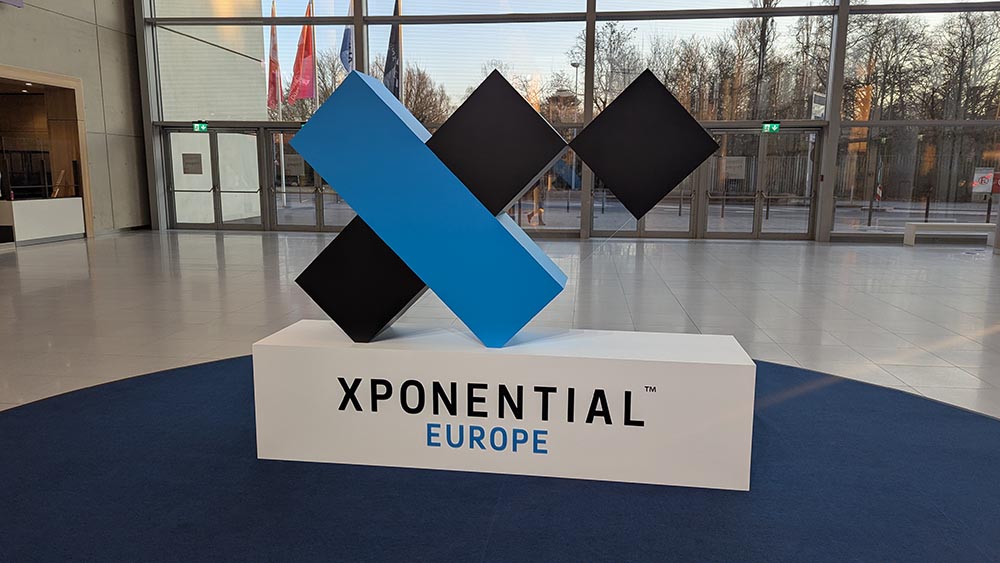

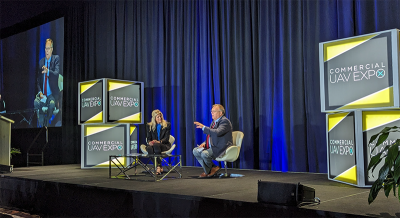

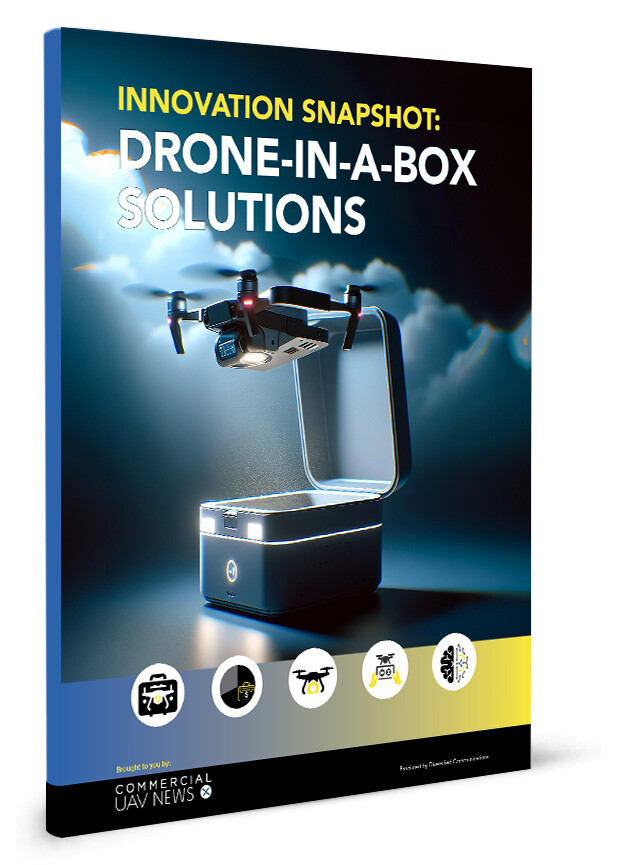
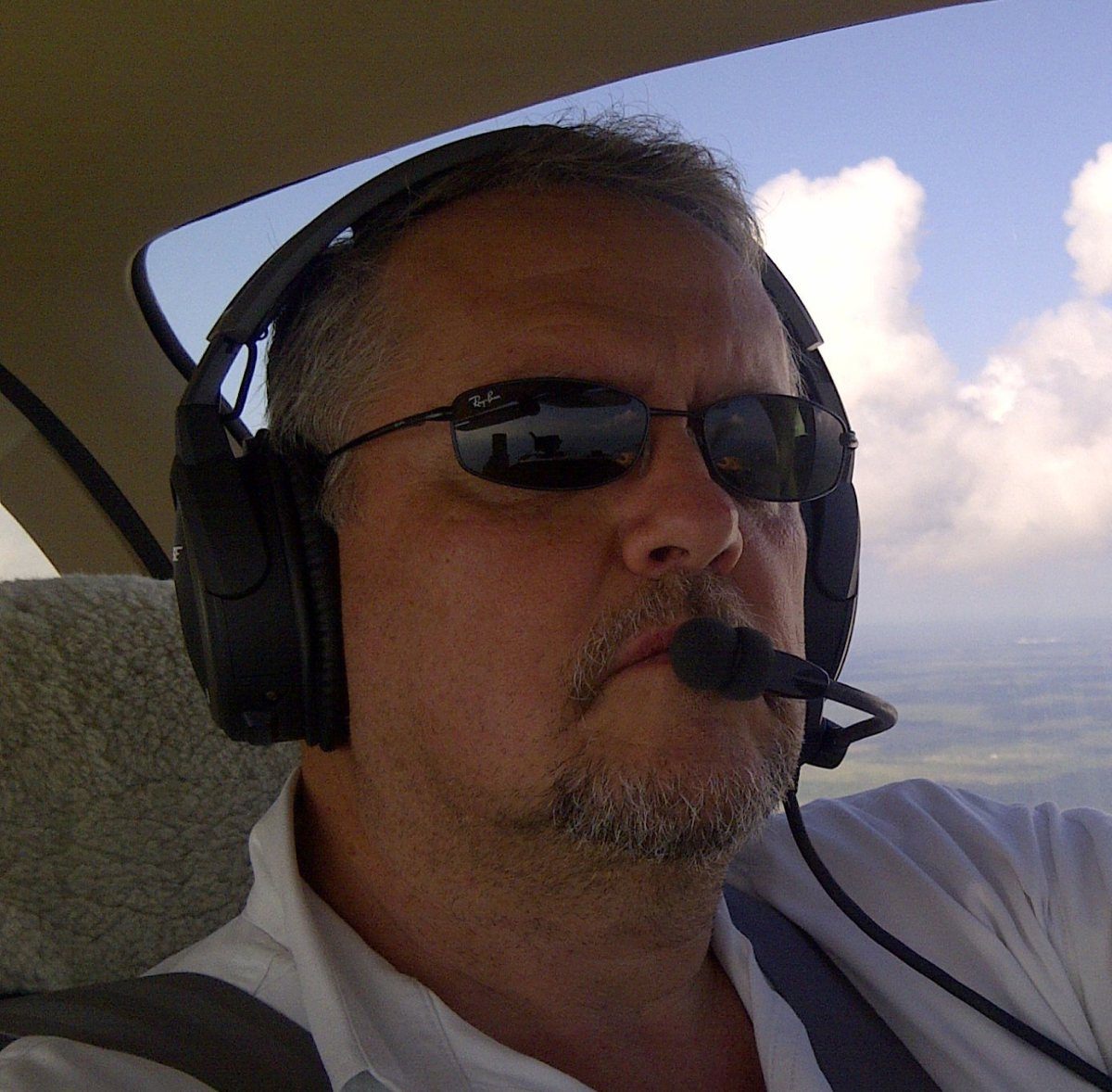




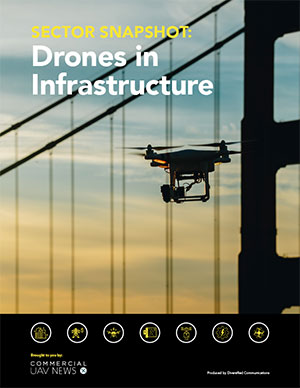
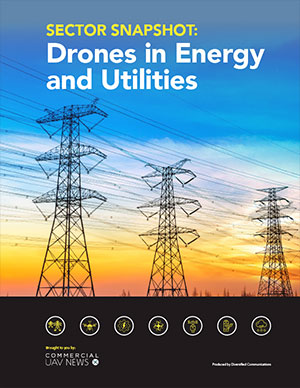
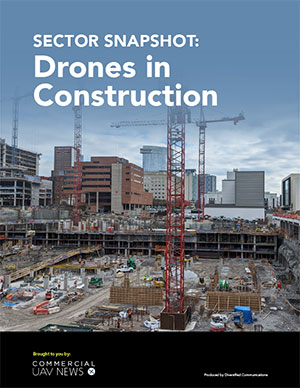
Comments